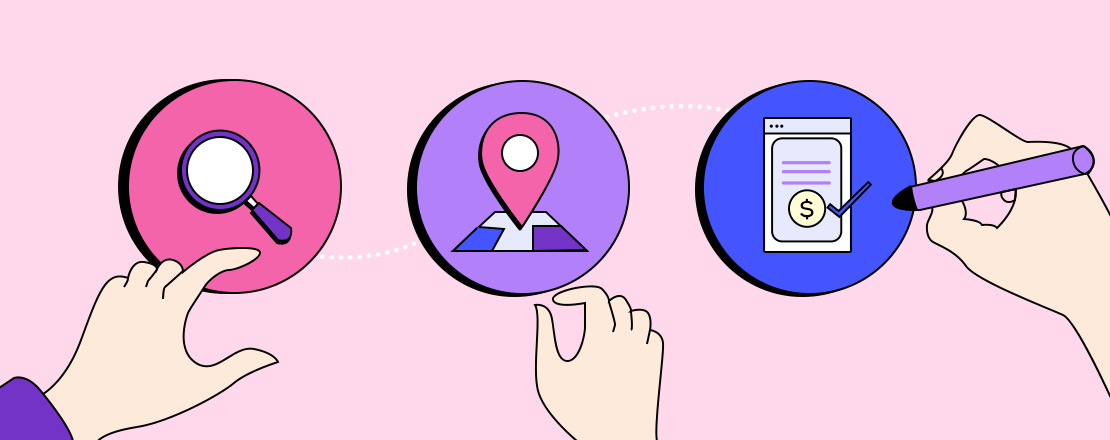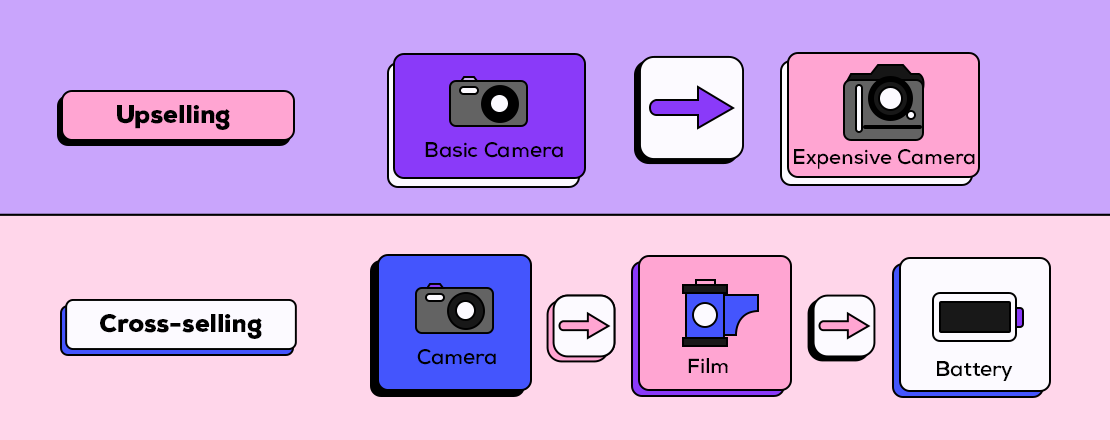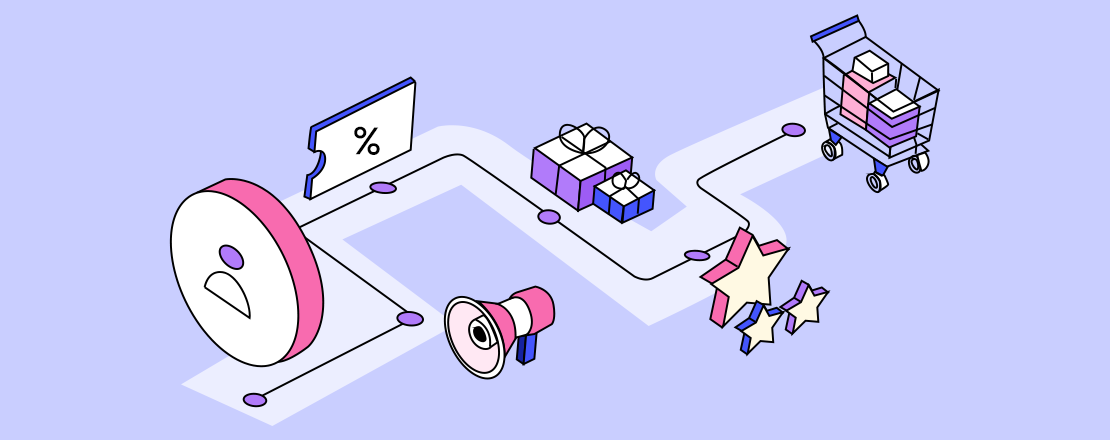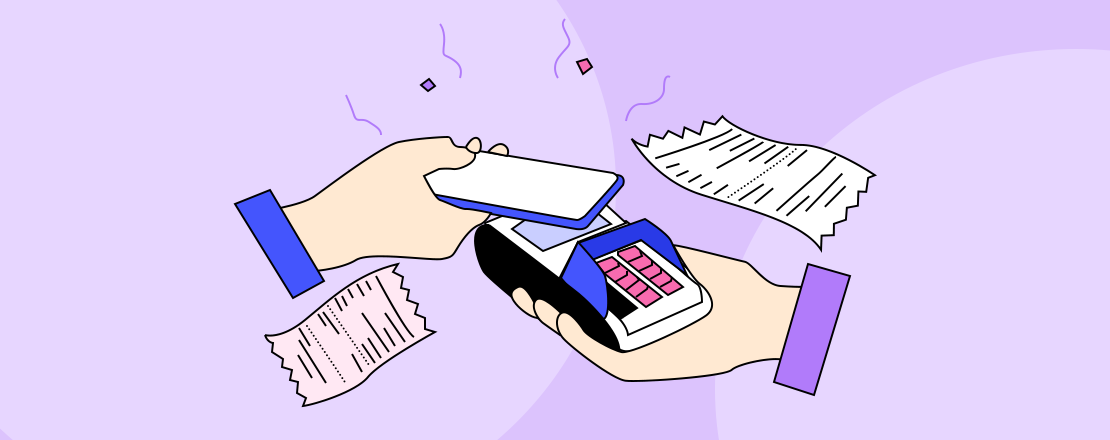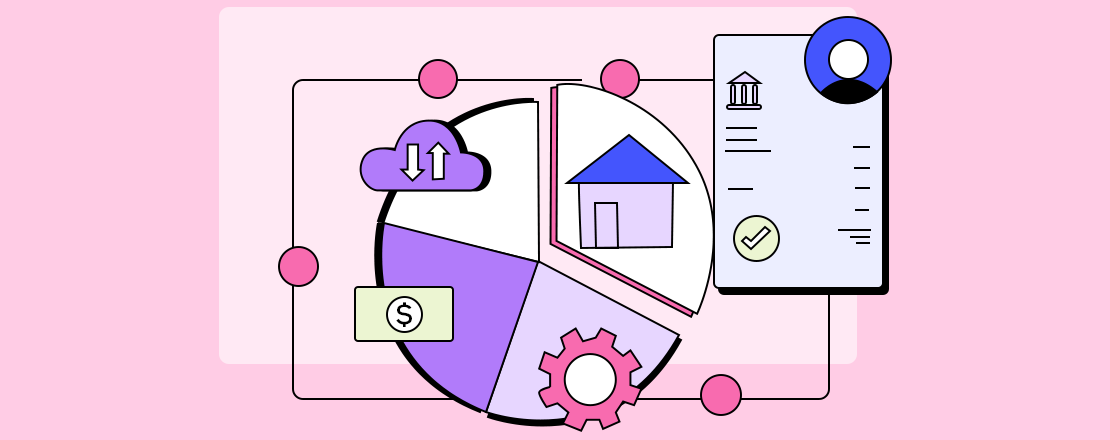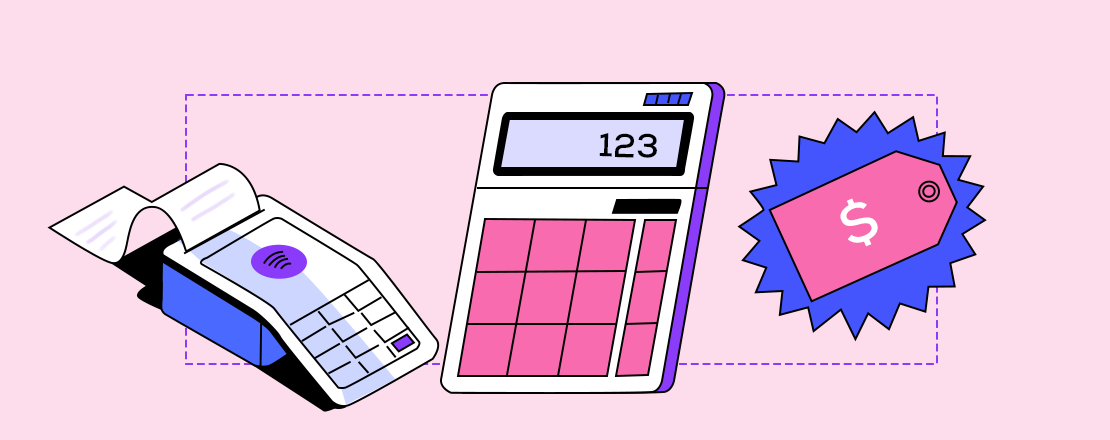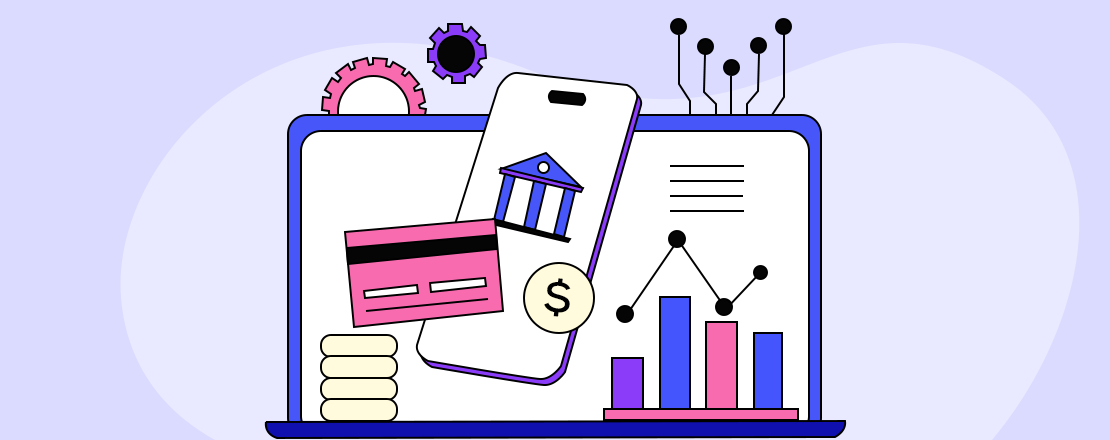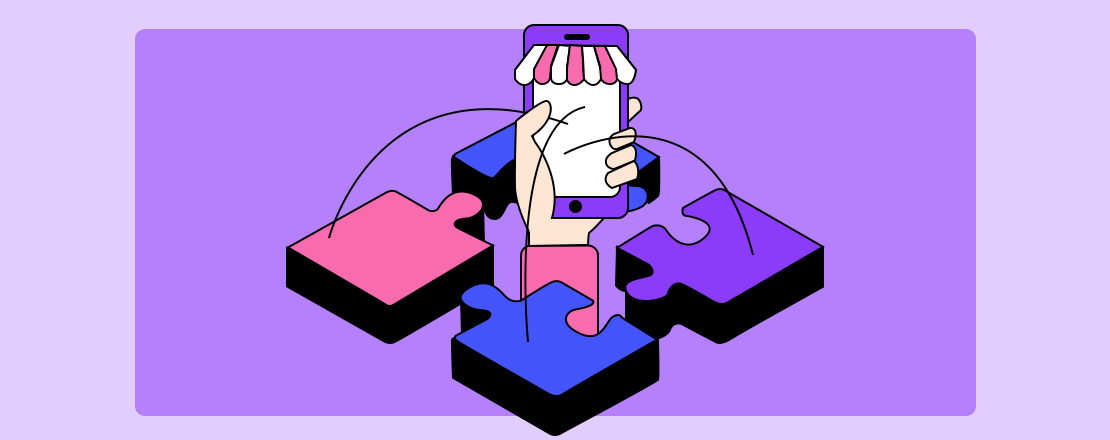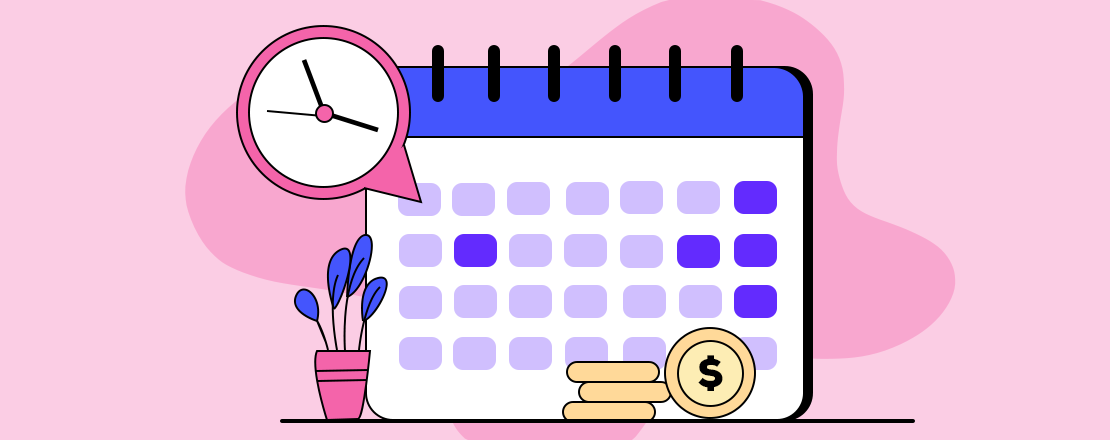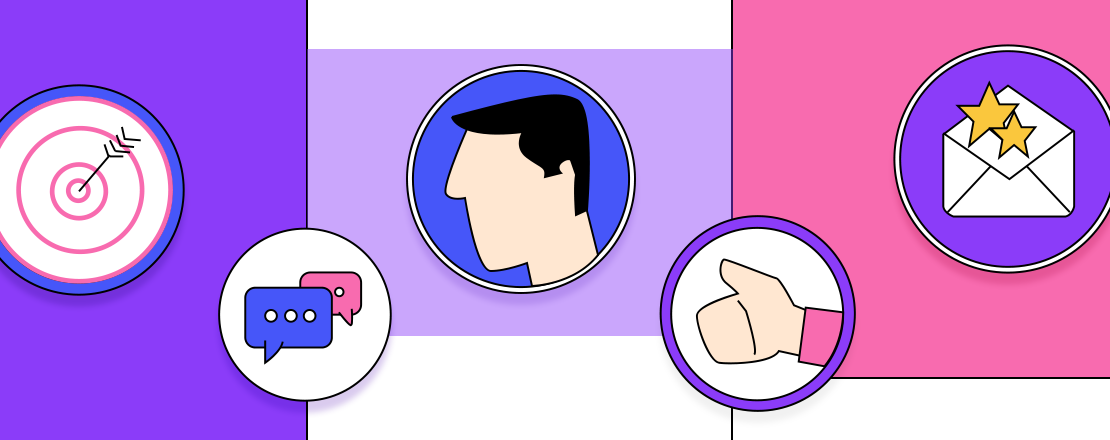Buy now, pay later (BNPL) is a relatively new payment method rapidly gaining popularity as an alternative to traditional credit. It allows customers to make purchases while paying for them over time instead of as an up-front sum, enhancing consumer experiences, minimizing cart abandonment, and increasing sales. It provides traditional solutions in innovative, flexible ways where everyone benefits. However, how does BNPL work, and is it the best option for your company?
This article helps answer those questions by describing the BNPL process, explaining why it's boosting conversion rates, and what sets it apart from credit cards.
.jpg?width=825&name=shutterstock_2082568312(2).jpg)
How Does BNPL Work?
Buy Now, Pay Later (BNPL) allows consumers to access products without paying for them all at once. Instead, they pay a portion up-front and then cover the remaining balancing in a fixed number of equal installments.
Not all BNPL providers run the same financing program, so there are no one-size-fits-all solutions. However, a consumer can typically expect the following basic concepts:
- Shoppers will select the BNPL option at checkout and receive a prompt approval decision.
- The shopper will make a small down payment, typically 25% of the total purchase price.
- They will then make interest-free payments on the outstanding balance in (typically) three weekly installments, known as a "Pay in 4" structure.
Why BNPL is Increasing Conversion Rates
While BNPL financing options provide merchants and consumers with a myriad of innovative benefits, three critical reasons for increased conversion rates are as follows:
1. The COVID-19 Pandemic Left Consumers Strapped For Cash
The pandemic-driven shutdown caused financial markets to free fall, and the resulting economic uncertainty boosted volatility. BNPL became a monetary lifeline for many consumers, enabling them to manage cash flow during times of financial turmoil. It allowed them to spread payments out over time in reasonable installments, frequently without paying interest. BNPL's flexibility and option to spread out payments gave consumers access to items they could not afford to pay in full at checkout.
2. Soft Credit Checks Makes BNPL More Inclusive
BNPL financing also necessitates a 'soft' credit check, which has no material impact on a consumer's credit score. Consumers have easier access to the goods they need without worrying about a drop in credit rating (which might already need work).
3. Increased Spending Limits Means More Big-Ticket Sales
BNPL installment options do not limit consumers to small purchases. They also allow for spread-out payments on big-ticket items such as appliances, TVs, and furniture.
Easier access to these more expensive items is where many consumers find BNPL the most valuable. These shoppers possess the means to purchase everyday items in full, but they still struggle to afford pricier one-off products.
Adding big-ticket items to the mix opens more selling opportunities for merchants, even higher conversion rates, and more generated revenue.
BNPL Costs
BNPL fees work similarly to credit card purchases. Providers frequently charge merchants a fee equal to a small percentage of the purchase price and—in some cases—a flat cost per transaction.
However, nailing down an exact fee structure requires additional information. Merchants typically enroll for an account and submit sales forecasts, payment-volume predictions, and other relevant data that helps predict BNPL usage.
BNPL vs. Credit Cards
The benefits of providing BNPL financing products vs. standard credit card transactions include the following:
-
Higher approval rates: Obtaining a credit card is not always easy for consumers, particularly if they have a low credit score, limited credit history, or are not receiving an employment salary.
BNPL solutions can be an attractive alternative for accessing credit in these cases. Approval chances are high, financing is available within minutes, and purchasing restrictions are lower.
- Increased spending limits: Once consumers demonstrate a consistent and reliable repayment history, providers may raise their maximum purchase prices similar to expanding credit card limits.
- Transparent costs: Furthermore, credit cards often have complicated charge/penalty structures if you do not pay on time, sometimes creating a great deal of confusion.
On the other hand, BNPL financing plans are typically more transparent. Consumers make predetermined, interest-free repayment installments, and overdue payments are generally subject to a penalty but no interest claw-back on items purchased.
Work With Skeps to Start Offering BNPL Options Today
Providing a variety of payment alternatives to your consumers is critical for improving customer satisfaction and can help you convert more shoppers into paying customers. A more pleasant checkout experience should increase sales, brand trust, and conversion rates.
Our platforms provide you with the technology necessary to provide BNPL services that help consumers manage their cashflows and avoid the hassles of credit cards. To learn more, request a demo or email us at support@skeps.com.






